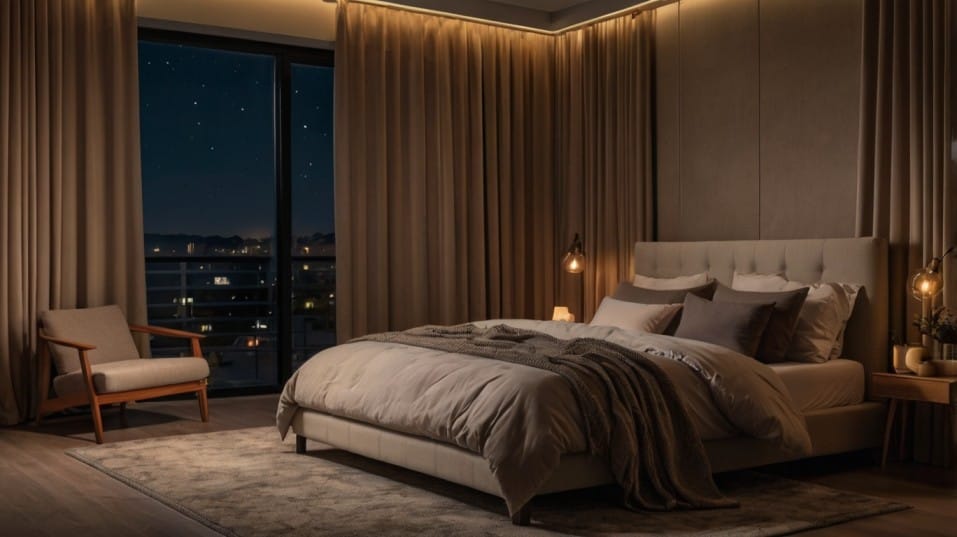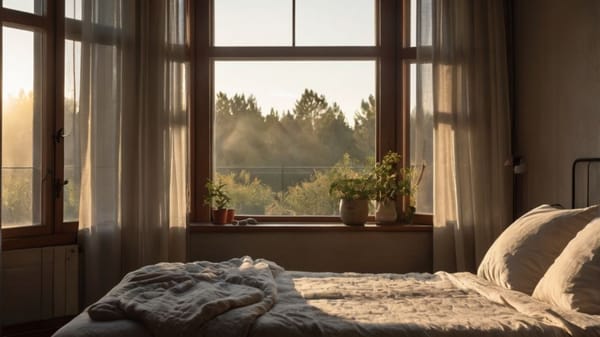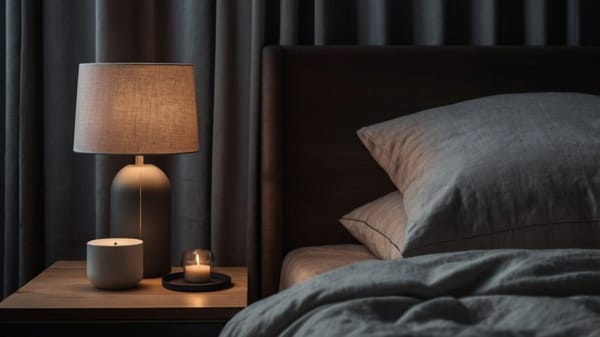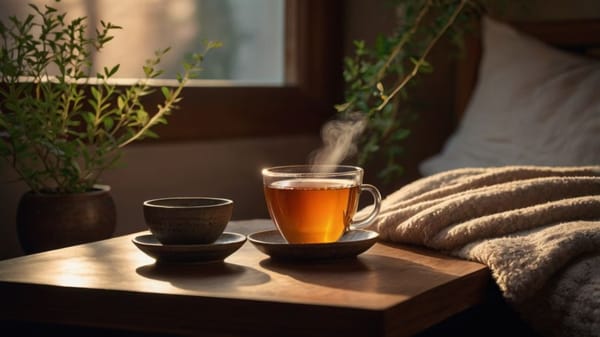The Role of Blue Light in Sleep Disturbances
Struggling with late-night tossing and turning? Discover how blue light disrupts sleep—and fix it fast with simple, science-backed steps.

What if the one thing wrecking your sleep is right in front of your face every night? Blue light isn’t just a buzzword—it’s a real disruptor of your body’s natural sleep cues.
If you’ve been struggling to fall asleep, stay asleep, or wake up refreshed, this could be the missing piece. The best part? Fixing it is simple, fast, and doesn’t require overhauling your life—just a smarter approach to the light around you.
What Is Blue Light, Really?
Blue light is part of the visible light spectrum. It has a short wavelength and high energy, which makes it incredibly effective at stimulating the brain.
Natural blue light from the sun is essential during the day—it boosts alertness, reaction time, and mood. It literally tells your brain, “It’s go time.”
But your body evolved to respond to light from the sun, not from screens. The problem is that most of your devices—phones, tablets, laptops, TVs, and even LED lighting—emit high levels of artificial blue light.
Your brain can’t tell the difference. So when you’re scrolling in bed or working late under LED lights, you’re sending daytime signals to a body that’s supposed to be winding down. That’s where things start to break down.

How Blue Light Disrupts Sleep
Your body runs on a 24-hour internal clock, known as the circadian rhythm. This rhythm controls your sleep-wake cycle, body temperature, hormone release, and more.
Melatonin, the hormone that makes you feel sleepy, is one of the key players in this cycle—and it’s directly affected by light.
Blue light suppresses melatonin production. Even brief exposure at night—30 minutes of TV or a quick scroll through social media—can delay its release.
No melatonin means no sleep signals. So your body stays in alert mode even when your brain wants to sleep.
That’s why you might feel exhausted but still toss and turn for an hour. You didn’t “just have too much on your mind.” Your internal clock is misaligned, thanks to late-night light cues.
Signs Blue Light Might Be Ruining Your Sleep
You don’t need a sleep lab to tell you something’s off. If any of this sounds familiar, blue light could be the culprit:
- You feel tired in the morning even after eight hours in bed
- You get a second wind late at night, right when you should be winding down
- You fall asleep late and wake up groggy or foggy
- You rely on caffeine to stay alert during the day
- Your mood, focus, or energy drops consistently in the afternoon
None of this is “just how you are.” It’s how your body responds when it’s out of sync with its natural rhythm.
How to Take Back Control of Your Sleep
The fix isn’t complicated. You don’t need to quit your job, delete your phone, or spend money on sleep gadgets. You just need to create a light environment that works with your biology—not against it.
In the morning
Get sunlight into your eyes within 30–60 minutes of waking. Natural light early in the day resets your circadian rhythm, boosts morning energy, and helps your body start producing melatonin earlier that night.
Step outside. Open the blinds. Work near a window. Even a cloudy sky is 10x brighter than your indoor lighting.
During the day
Keep things bright. This helps maintain a healthy contrast between day and night. Avoid working in dim rooms. If sunlight isn’t an option, consider a full-spectrum light box in the morning to simulate natural daylight and support your energy.
In the evening
Start winding down your light exposure 1–2 hours before bed. This doesn’t mean you have to sit in the dark, but it does mean being intentional:
- Use warm, dim lighting in your home—think lamps, not overhead LEDs.
- Switch your devices to “night mode” or use screen filters like f.lux or Night Shift.
- Blue light blocking glasses can help, especially if you need to be in front of a screen late. Look for amber-tinted lenses with verified optical filtering (not just stylish glasses with an orange hue).
- Set a screen cutoff time at least 60 minutes before sleep. Try low-stimulation activities like reading a physical book, stretching, or taking a warm shower instead.
In your bedroom
Your sleep space should tell your brain: "this is where we power down." No screens. No harsh lights. Make it cool, dark, and quiet. Blackout curtains help.
So does removing glowing electronics or covering LEDs with small stickers. If your phone is your alarm, switch it to “do not disturb” and place it screen-down across the room.
Why This All Pays Off
Better sleep isn’t just about feeling less tired. It improves everything: energy, metabolism, recovery, focus, mood, immunity, and long-term brain health.
Sleep is your foundation. And light is one of the easiest variables to optimize—because unlike stress, work, or your partner snoring, it’s entirely within your control.
The payoff is real. Sleep better, and you perform better. You recover faster, make sharper decisions, handle stress like a pro, and wake up ready to go—not dragging yourself through the day.
Final Thoughts
Blue light isn’t bad—it’s just out of place at the wrong time. Learning how to manage your exposure to it gives you a powerful edge, especially if you’re just starting to dial in your sleep habits.
You don’t need to obsess over every bulb or app—just get your timing right. So here’s your move: start tonight. Dim the lights. Power down early. Step outside first thing tomorrow.
Then watch what happens when your body finally gets the signals it’s been missing. Your sleep is ready to work for you. Give it the light it needs to do its job.




